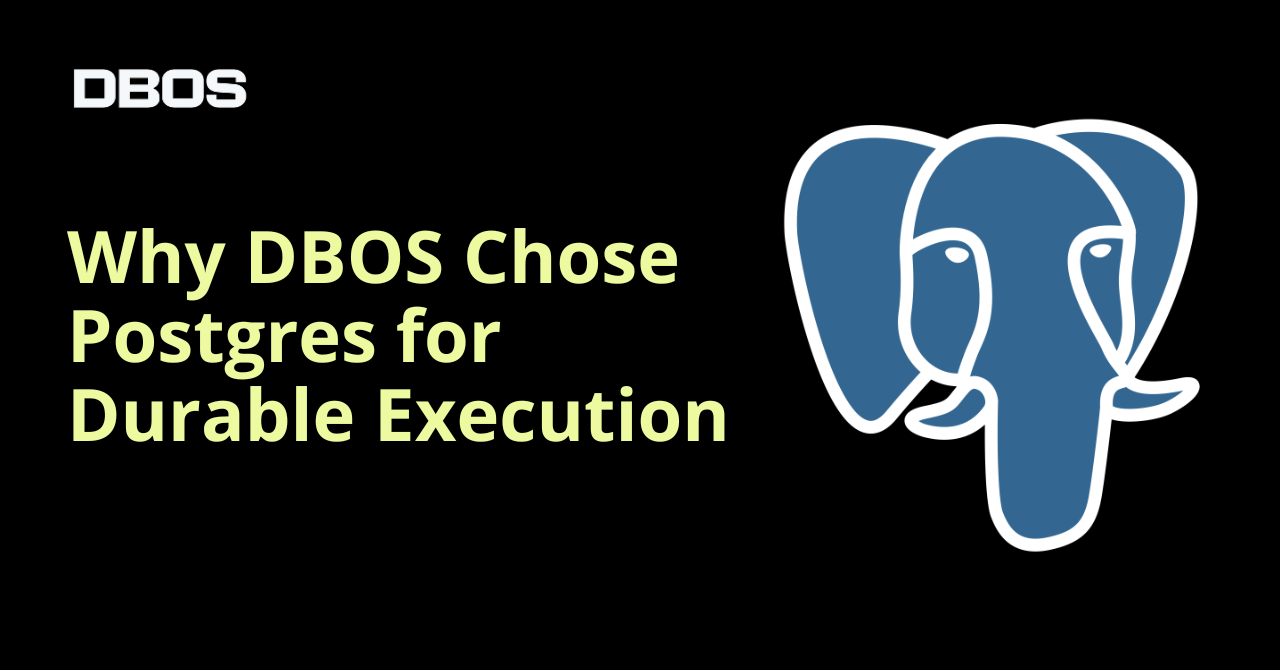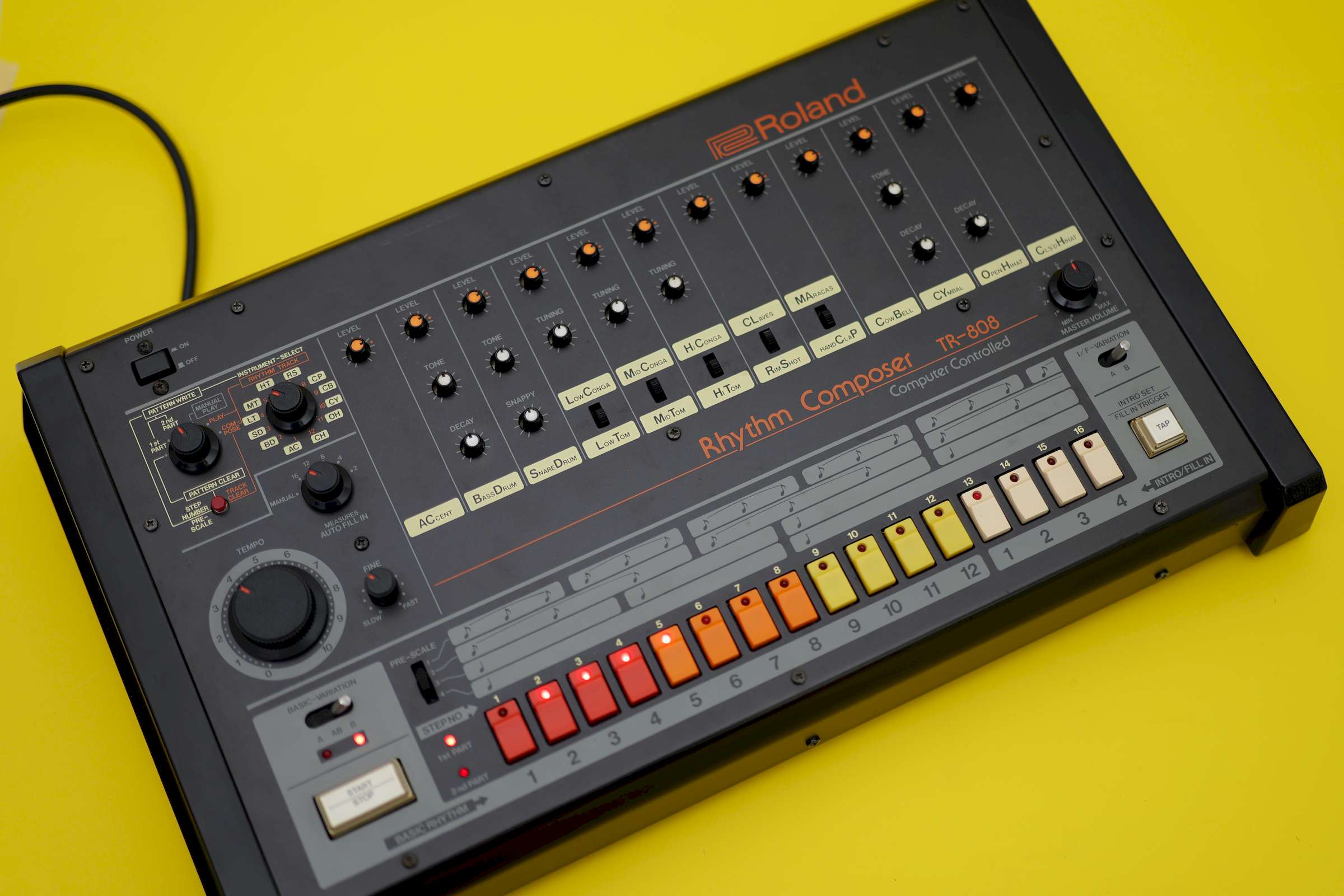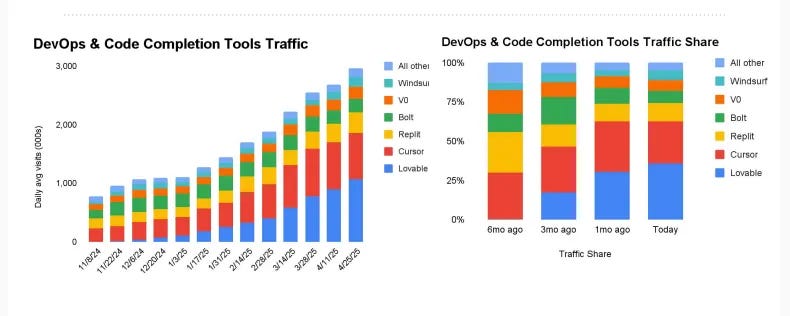
Why You Should Build Durable Workflows With Postgres
When we started building a durable workflows library, the most critical architectural decision we faced was what data store to use for workflow metadata. The core durable workflow operations are simple–checkpointing workflow state and recovering an interrupted workflow from its latest checkpoint. Almost any data store can handle these operations, but choosing the right one is critical to ensure workflows are scalable and performant.
In this blog post, we’ll dive deep into why we chose to build on Postgres. While there are good nontechnical reasons for the decision (Postgres is popular and open-source with a vibrant community and over 40 years of battle-testing), we’ll focus on the technical reasons–key Postgres features that make it easier to develop a robust and performant workflows library. In particular, we’ll look at:
It’s often useful to enqueue durable workflows for later execution. However, using a database table as a queue is tricky because of the risk of contention. To see why that’s a problem, let’s look at how database-backed queues work.














